- Industry News
- 10.05.2018
We have written in the past about Lengthonomics. Simply put, lengthonomics is the economics of length with respect to cost of components and intermediate connection points along the way. For instance, if one can install devices out of a single IDF supporting several end devices at 200m rather than 100m, this saves the cost of installation of an additional IDF closet if one were to stick to the 100m rule for category copper channels. Costs of an IDF closet include the cost of the actual footprint, power for the equipment, security, additional equipment, maintenance costs for the equipment, power bill, etc. Estimates of these costs vary. At the minimum, for some installations the cost would also need to include hardened equipment meant to operate at higher temperatures and an enclosure, as the 100m limit puts the equipment needs in an area where air conditioning is not available.
Estimates for the costs of an IDF/Telecommunications room, or minimally a hardened, secure point of power presence range from a few thousand to well into the tens of thousands. In order to save the costly expenditures for the few links that reside outside of the 100m mark, repeaters and transceivers entered the market place. These also range in cost, complexity and reliability.
A repeater can be powered, or can be in line and use PoE, but act as a signal booster/repeater without external power. The distances supported for inline repeaters without power are significantly less that the ones that inject power via an external power supply. Also, the inline, non-powered repeaters degrade the digital transmission signal and power as they add connections into a channel and will not support the same lengths as their powered counterparts.
Transceivers are another product designed to allow longer circuits via a digital to optical conversion which allows fiber like lengths for digital equipment signalling. As fiber is not capable of providing the PoE family of powered applications, the fiber must be run with either external power for the end devices or accompanied by an additional channel of copper, so the end device will receive power. Hybrid copper and fiber cables exist, but they are expensive and should either the copper or fiber fail one would need to rerun one or both.
Other problems can arise out of the use of repeaters and transceivers. First, they are active and as such are subject to failure. When they fail, if documentation is not adequate, they can be difficult to locate and often times a new channel is run as it is more time effective leaving an abandoned cable in the pathway. There is not guaranty of interoperability between manufacturers, so for those failures, you can be stuck with the same manufacturer to replace the failed component as the failed component. Tranceivers and repeaters add costs to the channel and labor to install them. They add an additional points of failure and the equipment adds an additional point of risk. As the channel requirements change, you may need to run new channels or procure new repeaters and transceivers which can make the solution even less cost effective over time.
In a study completed by MSB Security Consulting, a comparison of 106 cameras in a parking structure showed the following totals:
GameChanger cable $ 22,305
Category 6 with repeaters $104,525
Powered fiber $126,172
Powered fiber without media converters $116,935
All costs are exclusive of labor which, of course, will be higher with additional components. As you can see the lengthonomics of GameChanger is roughly 80% less than the next closest option, while eliminating points of failure and risk. For those of you that have missed the news, GameChanger cable is UL Verified to support Gigabit Ethernet with PoE+m 200m without repeaters or tranceivers. For 10Mb/s and PoE+ that distance increases to 850.'
Lastly, with repeaters and tranceivers, testing is an issue. When you add repeaters and transceivers, you can test each individual component of the channel, but you can’t test the channel end to end as the channel is over the limits of traditional testers. To test, one hopes the sum of all parts is going to work. With GameChanger you can test the channel end to end with the standard cable testers equipped with GameChanger parameters.

